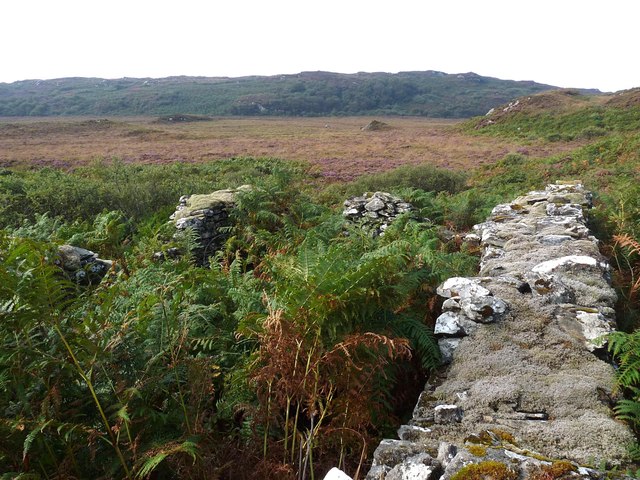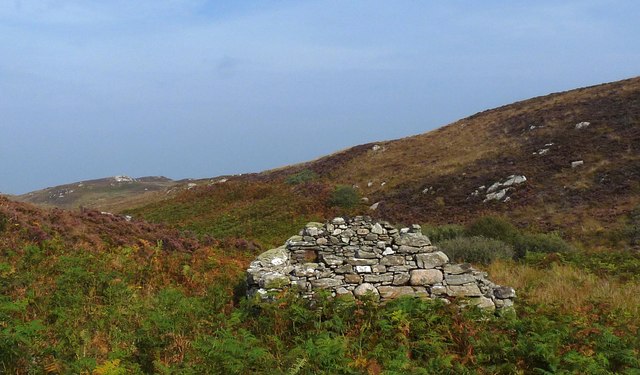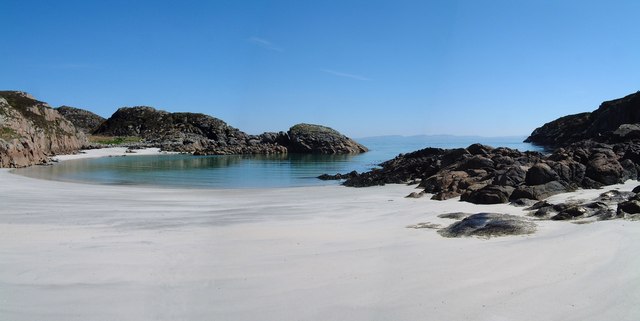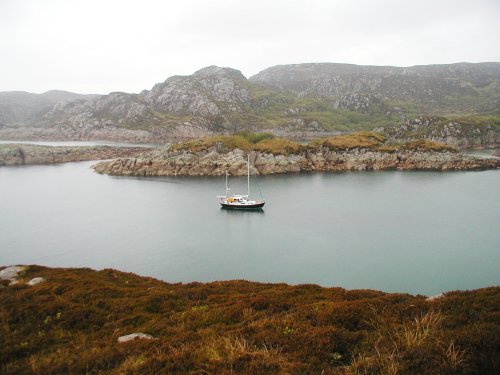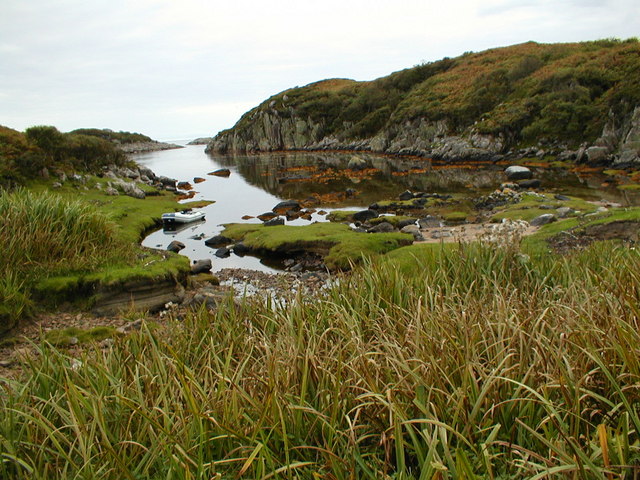Eilean a' Chrotha
Island in Argyllshire
Scotland
Eilean a' Chrotha

Eilean a' Chrotha, also known as the Isle of Crouches, is a small uninhabited island located in Argyllshire, Scotland. It is situated in Loch Linnhe, an inlet of the Atlantic Ocean, near the western coast of the country. The island covers an area of approximately 7 acres and is characterized by its rocky terrain and lush vegetation.
Eilean a' Chrotha is part of a group of islands known as the Garvellachs, which also includes Eileach an Naoimh and two smaller islets. These islands are of historical and archaeological significance, with evidence of early Christian settlements dating back to the 6th century. There are remains of ancient chapels, monastic cells, and burial grounds on Eilean a' Chrotha, providing a glimpse into the island's religious past.
The island is uninhabited and lacks any modern amenities or infrastructure. It is primarily visited by tourists and history enthusiasts who are interested in exploring its ancient ruins and experiencing its natural beauty. Eilean a' Chrotha offers breathtaking views of the surrounding sea and the dramatic Scottish landscape.
Access to the island is limited, and visitors often arrive by boat, either privately or through organized tours. It is important to note that due to its protected status, visitors are advised to respect the island's natural environment and historical remains, ensuring they leave no trace behind.
In summary, Eilean a' Chrotha is a small, uninhabited island in Argyllshire, Scotland, known for its ancient Christian ruins and stunning natural scenery. It offers a unique opportunity to explore Scotland's history and connect with its rugged coastal landscape.
If you have any feedback on the listing, please let us know in the comments section below.
Eilean a' Chrotha Images
Images are sourced within 2km of 56.270838/-6.2980519 or Grid Reference NM3417. Thanks to Geograph Open Source API. All images are credited.




Eilean a' Chrotha is located at Grid Ref: NM3417 (Lat: 56.270838, Lng: -6.2980519)
Unitary Authority: Argyll and Bute
Police Authority: Argyll and West Dunbartonshire
What 3 Words
///weaned.harmony.appoints. Near Fionnphort, Argyll & Bute
Nearby Locations
Related Wikis
Ardalanish
Ardalanish (Scottish Gaelic: Àird Dealanais) is a village on the Isle of Mull in Argyll and Bute, Scotland. It is now an organic farm and weaving mill...
Knocknafenaig
Knocknafenaig (Scottish Gaelic: Cnoc na Fennaig) is a ruined township on the Isle of Mull, Scotland. Located in the south-western portion of the island...
Ross of Mull
The Ross of Mull (Scottish Gaelic: An Ros Mhuileach) is the largest peninsula of the Isle of Mull, about 28 kilometres (17 mi) long, and makes up the south...
Erraid
Erraid (Scottish Gaelic: Eilean Earraid) is a tidal island approximately one mile (two kilometres) square located in the Inner Hebrides of Scotland. It...
Nearby Amenities
Located within 500m of 56.270838,-6.2980519Have you been to Eilean a' Chrotha?
Leave your review of Eilean a' Chrotha below (or comments, questions and feedback).
